How to Improve the Stability of an Electric Under-Bed TV Stand?
 Jun 06,2025
Jun 06,2025

 Fortune
Fortune
1. Installation: Ensure a Solid Foundation
- Choose a Suitable Bed Structure
Requirements: The bed frame must support 4-5 times the total weight of the device and TV (e.g., if the device weighs 40kg and the TV weighs 40kg, the bed should handle 320-400kg). Prioritize solid wood, metal, or reinforced panel beds. Avoid lightweight materials (e.g., plastic or flimsy assembly beds).
Principle: A stable bed frame is the foundation. Weak structures can cause shaking from resonance or deformation during lifting/lowering.
- Precision Positioning and Fixing
Placement: Install the TV stand at the center or symmetrical position of the bed to avoid off-center gravity.
Fixing Methods:
Use provided screws to rigidly attach the stand to the bed frame via pre-drilled holes or extension brackets, ensuring no looseness.
For wooden beds, pre-drill holes to prevent cracking; for metal beds, use anti-slip washers to enhance friction.
Tool Assistance: Use a spirit level to check vertical alignment after installation, adjusting the brackets until level.
- Cable Management Optimization
Routing: Guide power cords, HDMI cables, etc., through the built-in wire grooves to prevent dangling cables from causing shaking.
Length Allowance: Leave 10-15cm of slack in cables to avoid tension during movement.
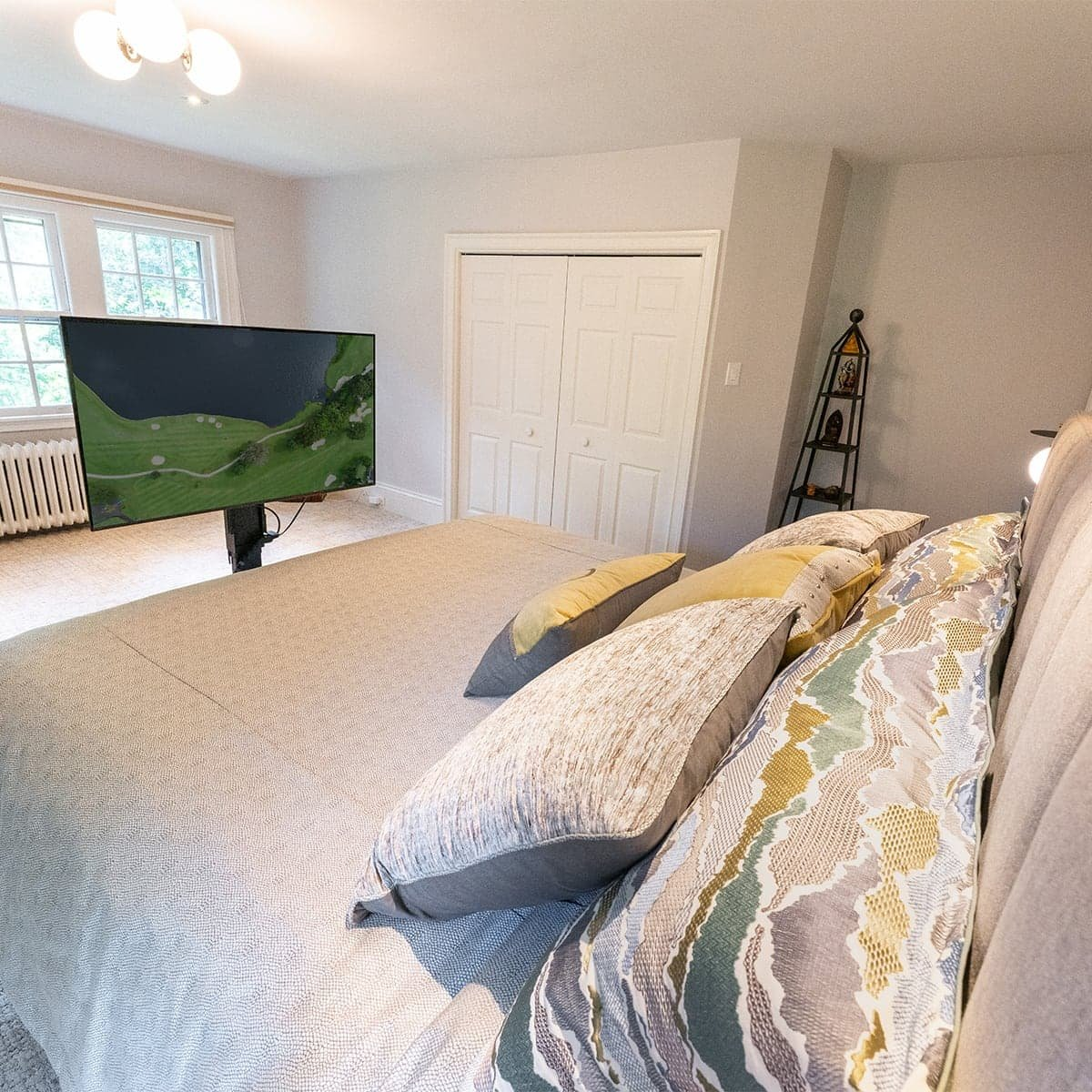
2. Structural Design: Enhance Physical Stability
- 1. Select High-Rigidity Materials
Main Frame: Opt for products with cold-rolled steel or aluminum alloy frames (thickness ≥2mm) to prevent deformation from long-term loading.
Key Components: Use wear-resistant metal materials (e.g., stainless steel) for telescopic columns and guide rails to reduce operational gaps and shaking.
- Strengthen Bottom Support
Wider Base: Choose models with a larger base (width ≥60cm) to increase ground contact area and lower the center of gravity.
Anti-Slip Foot Pads: Add rubber pads or suction cups to the base corners to enhance friction, especially on smooth tiles or wooden floors.
- Optimize the Transmission System
Dual-Guide Rail Design: Prefer dual-column or dual-rail structures over single-rod systems to reduce lateral shaking (e.g., "scissor-lift" mechanisms are more stable than single-rod designs).
Gear and Rack Transmission: Compared to belt drives, gear systems offer higher precision and load resistance, minimizing slippage and shaking.
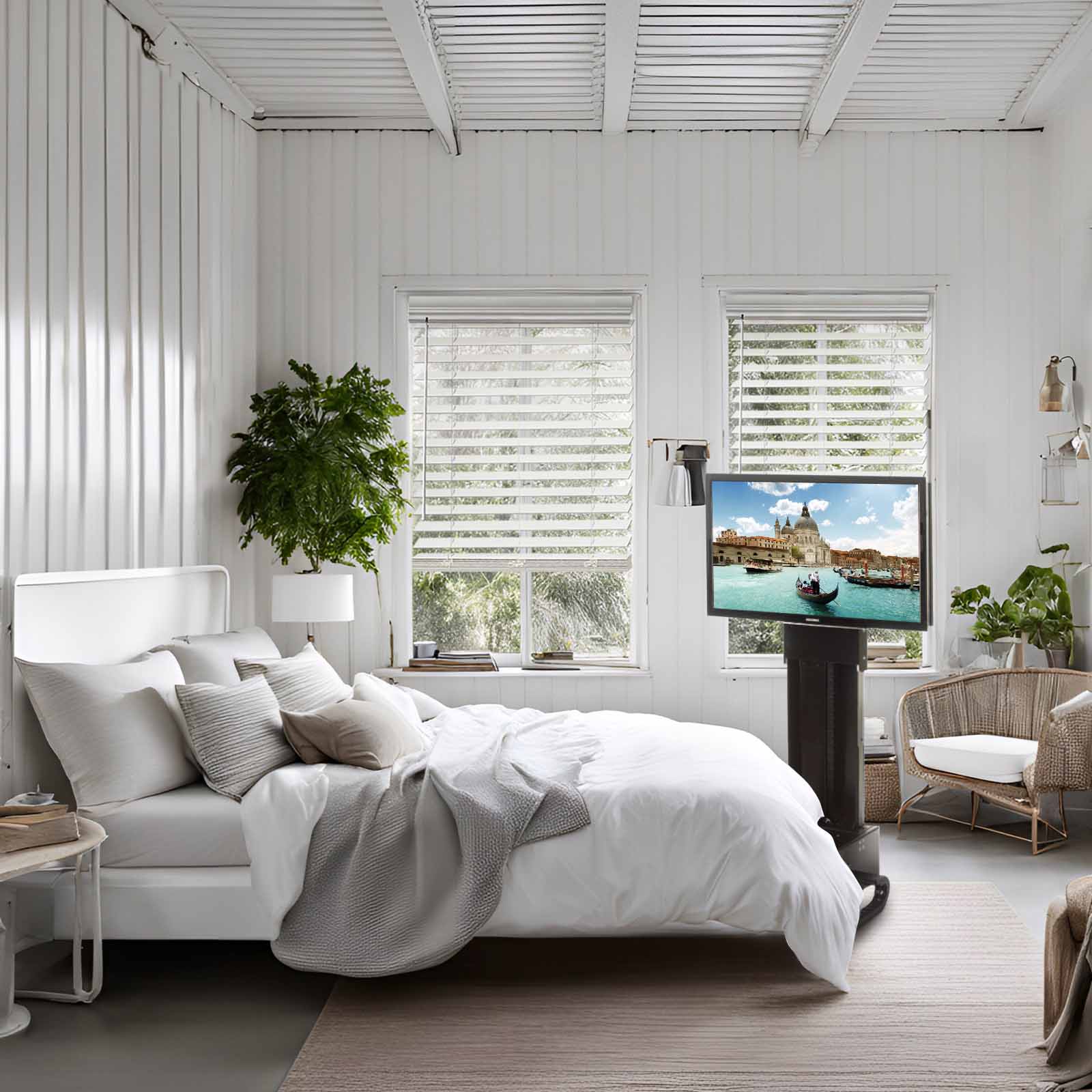
3. Load Management: Balance Weight Distribution
- Match TV Specifications
Weight Limit: Strictly follow the maximum load capacity (e.g., 40kg). Avoid oversized TVs (e.g., confirm specifications for 70+ inch models).
Size Compatibility: Ensure the TV’s VESA mounting holes align with the stand’s bracket to keep the center of gravity centered.
- Counterweight Balance
Add Counterweights: If the TV is lightweight (<20kg), attach cast iron counterweights to the stand’s base to lower the center of gravity.
Symmetrical Storage: If the stand has storage, place items evenly to avoid unilateral overload.
4. Smart Protection: Tech-Driven Stability
- Anti-Tilt Sensors
High-end models may include tilt sensors that stop movement and alert when inclination exceeds 5°. Calibrate sensors regularly for accuracy.
- Soft Start/Stop Technology
Choose models with soft-start functions to avoid impact-induced shaking during movement (e.g., motors ≥300W with buffer modules).
5. Routine Maintenance: Minimize Wear and Tear
- Regular Inspections
Monthly: Check screws and nuts for looseness, especially at connections, and tighten with a wrench.
Annual: Have professionals inspect guide rail lubrication and add lithium-based grease to reduce friction and jamming.
- Avoid Extreme Operations
Never block or hit the stand during movement to prevent component misalignment.
When unused long-term, lower the TV to the minimum position and power off to reduce stress on springs and motors.
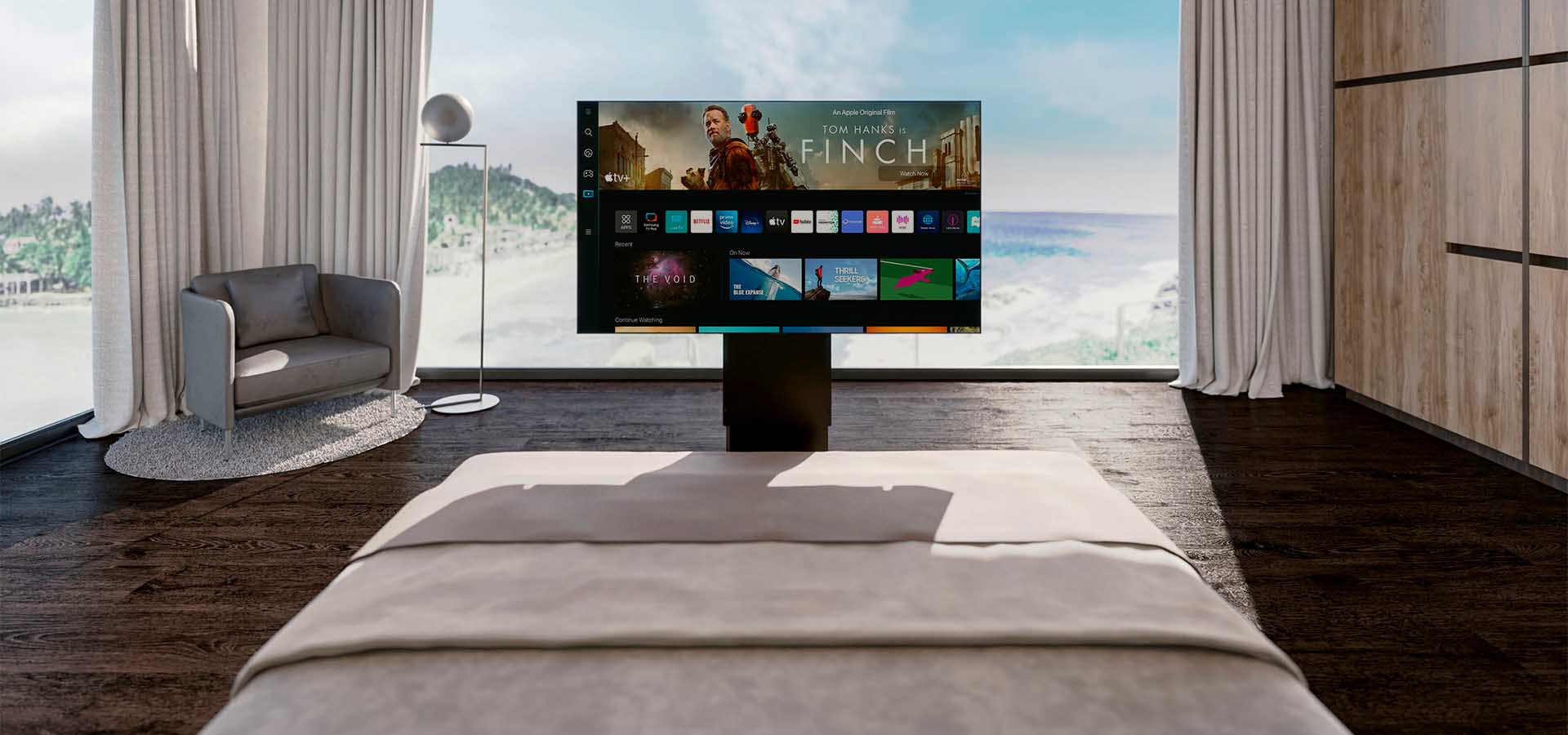
Core Principles for Stability
The stability of an electric under-bed TV stand relies on rigid support, gravity control, and dynamic balance:
- Rigid Support: High-strength materials, secure fixing, and a robust base.
- Gravity Control: Centered TV placement, weight matching, and counterweights when needed.
- Dynamic Balance: Optimized transmission systems, smart sensors, and regular maintenance to reduce movement-related shaking.
By following these methods, you can significantly enhance the stand’s stability during operation and standby, prolonging its lifespan and ensuring safe use.


 Home
Home A Thoughtful Gadget for Senior Friends: The Under-Bed Electric TV Lift
A Thoughtful Gadget for Senior Friends: The Under-Bed Electric TV Lift  You May Also Like
You May Also Like
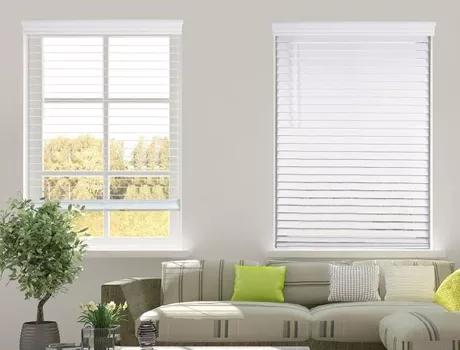

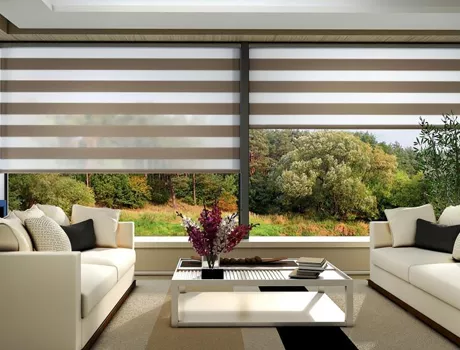

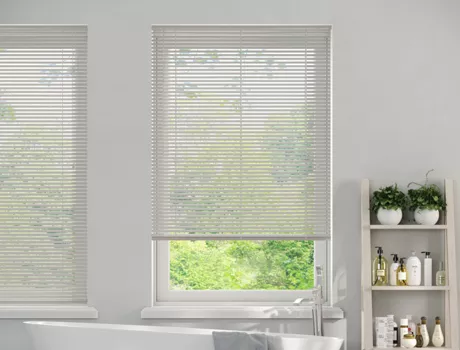
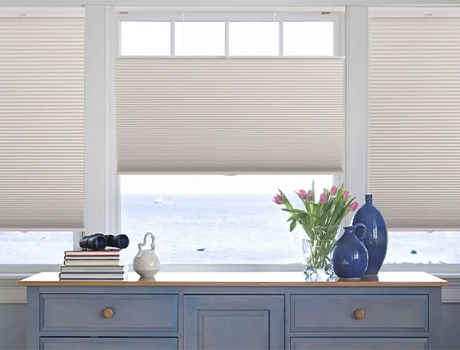
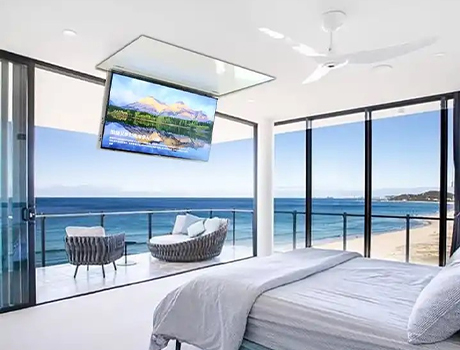
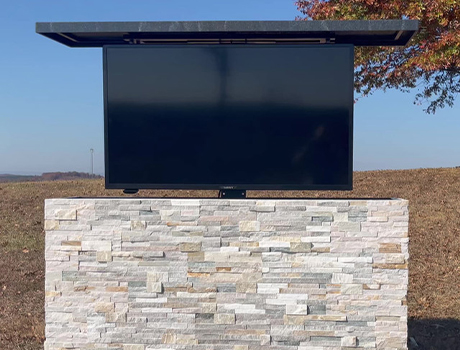

 Tel
Tel
 Email
Email
 Address
Address













